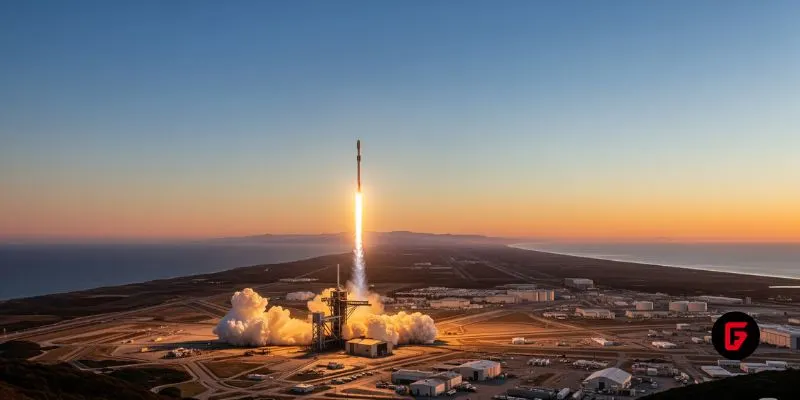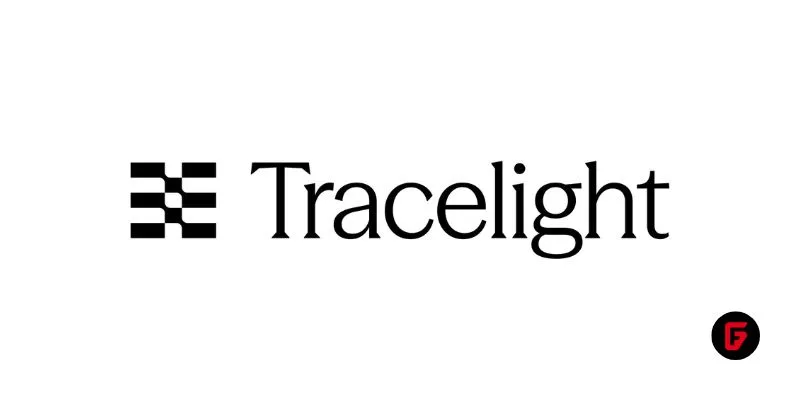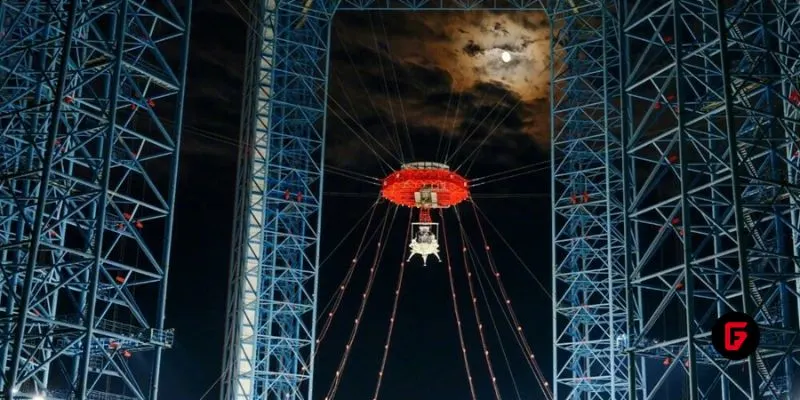By futureTEKnow | Editorial Team
The race to achieve seamless communication between satellites and ground operations is entering a new chapter. York Space Systems, a defense technology leader, has announced that its parent company has acquired ATLAS Space Operations, a major provider of Ground Software as a Service for satellite communications. For the evolving world of satellite infrastructure, this move signals a leap in integrated, resilient space services designed for the real-time demands of both national security and commercial missions
“ATLAS has built one of the most sophisticated and secure ground communications platforms in the industry,”… “This acquisition will enhance York’s ability to deliver mission-ready systems on the timelines our customers demand while continuing to support the broader space ecosystem with best-in-class ground solutions.”
–Dirk Wallinger, CEO of York.
With satellites rapidly multiplying in orbit, ensuring reliable, secure communication has become critical. ATLAS brings a global ground antenna network, powered by its Freedom software platform, which connects over fifty antennas across more than twenty countries. The integration provides York with a powerful software-driven ground architecture, enabling spacecraft, software, and ground systems to function as a unified whole—even in hostile or contested environments.
Fully Integrated Space Solutions: York’s approach now covers spacecraft design, operation, and connectivity, underpinned by ATLAS’s global ground network and real-time data management tools.
Golden Dome Initiative: This acquisition directly strengthens York’s role in the Golden Dome missile defense architecture, where fast and secure coordination between space-based sensors and ground teams is essential for missile warning, tracking, and defense.
Speed and Agility: By virtualizing operations and consolidating infrastructure access through the Freedom platform, satellite operators reduce engineering overhead and quickly onboard to a global network.
Resilience and Automation: The combined platform ensures that if one antenna goes offline, systems can reroute traffic automatically, maintaining 99.36%+ availability and supporting more than three thousand satellite contacts each month.
ATLAS’s Freedom software delivers what today’s missions need most:
Single Integration Point: Operators can access any antenna in the federated network with one integration.
Network-of-Networks: Unlike legacy models requiring complex, individual connections, the federated network enables rapid expansion and flexible partnerships.
Cybersecurity & Compliance: Advanced features like two-factor authentication, data encryption, and government compliance standards such as NIST 800-171 are built in, giving confidence to defense and commercial operators alike.
Automation: The Flex Scheduler dynamically allocates antenna time, optimizing resources and reducing manual scheduling.
This acquisition cements York as a fully integrated space systems provider, a critical move as government and private missions demand higher reliability and shorter delivery timelines. Industry insiders expect further enhancements, including potential upgrades for optical ground links and expanded distributed operations, benefitting next-generation constellations and rapid-response payloads.
With ATLAS on board, York Space Systems is redefining what it means to deliver versatile, mission-ready space systems—making space connectivity faster, smarter, and more secure for the most demanding users.

Bridgit Mendler’s Northwood Space is pioneering mass-produced ground stations, enabling scalable, high-speed connectivity for the new era of satellite networks and megaconstellations.

SpaceX aims to nearly double launches from Vandenberg in 2025, facing support from federal agencies but strong objections from the state and local communities.

Traditional Medicare will pilot AI-assisted prior authorization in 2026 across six states, focusing on high-risk outpatient services. Clinicians retain final say, but incentives and access concerns loom as CMS tests fraud reduction and “gold card” exemptions. Here’s what providers and patients should know.

OpenArt’s new “one-click story” compresses scripting, visuals, and edits into ready-to-post short videos—fueling viral growth and a fresh IP debate. We break down how it works, adoption signals, what’s next (multi-character, mobile), and practical guardrails creators and brands should follow to stay original and compliant.

OpenAI’s o3 swept the Kaggle AI chess tournament, defeating xAI’s Grok 4–0. The victory fueled the intense rivalry between Altman and Musk, reshaping AI benchmarks.

NASA and Google’s AI-powered Crew Medical Officer Digital Assistant enables autonomous diagnoses for astronauts on Mars missions, redefining remote healthcare for space and Earth.

Pinterest’s CEO confirms that fully agentic AI shopping is years away, as the platform invests in AI-powered tools to enhance discovery, inspiration, and personalized shopping experiences for millions.

Shopify’s new AI shopping tools are transforming e-commerce, letting agents and chatbots deliver smooth, personalized shopping and checkout experiences across platforms. Learn how these innovations reshape online retail.

Meta has acquired WaveForms AI, a startup pioneering emotion-detecting voice technology. Learn what this means for Meta’s AI voice ambitions and the future of AI audio.

Tracelight is revolutionizing financial modelling for finance professionals with AI-powered Excel tools that automate complex tasks, reduce errors, and unlock new analysis capabilities. Learn how this next-gen solution changes the future of spreadsheets.

China’s Lanyue lander completed its first major test, showcasing advanced engineering for safe, crewed moon landings before 2030. Explore how this milestone shapes the space race.

Microsoft rolls out GPT-5 across its Copilot suite, integrating smarter AI for enterprise and personal users. Discover new features, free access, and what sets this launch apart.
To provide the best experiences, we use technologies like cookies to store and/or access device information. Consenting to these technologies will allow us to process data such as browsing behavior or unique IDs on this site. Thanks for visiting futureTEKnow.